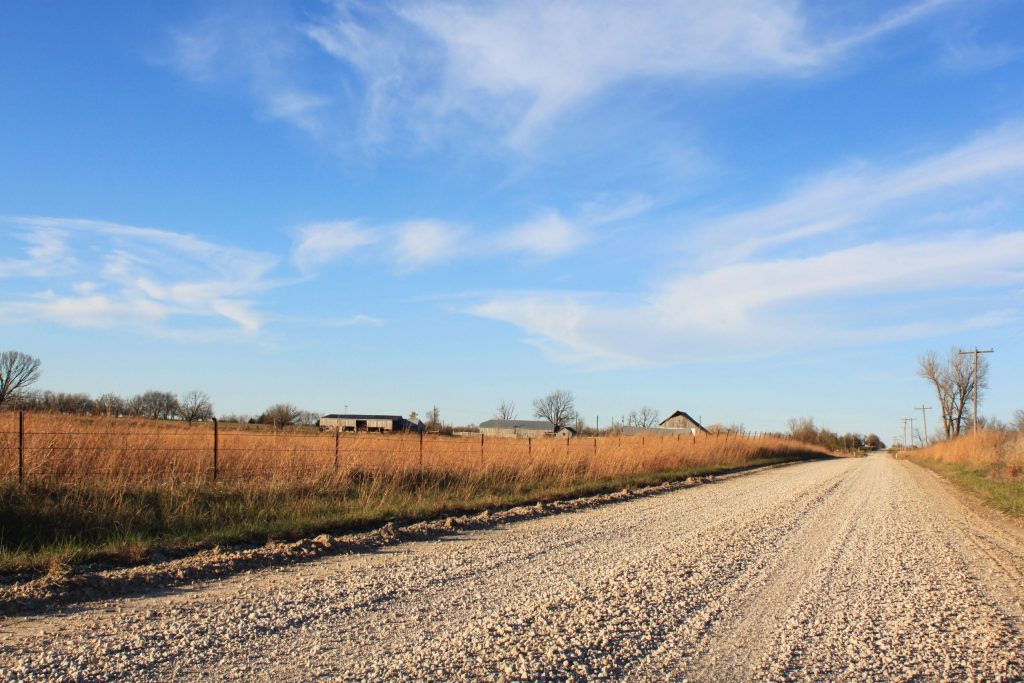
Kansas Republicans made an about face this week when they decided to abandon the extremely conservative tax policy that Governor Sam Brownback (R) called a “real live experiment” in unfettered trickle-down economics. The Governor attempted to veto the bill but was overridden by the state legislature, a major embarrassment for the Republican leader who once promised growth. This failure does not bode well for the Republican trifecta in Washington, as the administration and Congress are both planning similar tax cuts and major reductions in federal spending.
Ever since Brownback commenced the “experiment” in 2012, the state government has suffered tremendous cut backs in funding and severe reductions to the education department’s budget. On top of the major spending cuts, the state did not get the growth that was promised by the policy’s supporters.
The Turning Tide
Regarding the GOP’s shift, Republican representative Melissa Rooker had this to say: “Kansas has had a turn to the far right, and we seem to be centering ourselves.” And GOP senator Dan Kerschen expressed the stakes of the situation in his local idiom: “We should close the gate before the cows get out.”
Since the Governor’s tax policy took effect, Republican legislators in Kansas have faced serious pressure from their constituents to do something about the major cuts in funding. In the last election, that pressure overtook supporters of the tax cuts when Republican incumbents lost their seats to Democrats and Moderate Republicans. The shifting tide resulted in a veritable revolt, with 49 out of 85 GOP House legislators and 18 out of 31 Republican senators voting against Brownback’s tax plan.
It should also be noted that the Kansas Supreme Court ruled that the $4 billion in funding for 286 school districts was inadequate and unconstitutional. The June deadline given by the Court was a motivating factor for state legislators.
The Legislation
Kansas legislators passed a bill that restores certain elements of Kansas tax law and brings in $600 million per year. The legislation reinstates a third tax bracket for marginal rates on income, which will effectively raise taxes on the rich from 4.6 percent to 5.2 percent in the short term and 5.7 percent by next year. Married partners making between $30,000 and $60,000 will also experience an increase in taxes from 4.6 percent to 5.25 percent by next year. And those making less than that will see their taxes move from 2.7 to 3.1 percent. Additionally, the legislation includes a provision nullifying Brownback’s promise to continually lower taxes over the next few years.
Another provision rescinds a tax cut for small businesses that had created a loophole allowing many people to skip taxes altogether by posing as small businesses. When the tax policy was first implemented, the state expected 200,000 small businesses to benefit from the tax break. But when tax season came, 330,000 entities took advantage of the rule suggesting many of those people were reporting salary from their job as income from their own small business.
Implications for Washington
Many news outlets have been drawing attention to what this failure might mean for the Trump administration’s plan to cut taxes and reduce spending. Treasury Secretary Steve Mnuchin has echoed Trump’s promise to deliver economic growth by way of deep cuts to the federal government, saying the tax proposal will “pay for itself” through growth in the economy and a wider tax base. And Mick Mulvaney, the White House budget director, told the Senate Budget Committee that he and his colleagues project 3 percent growth.
These predictions from Washington sound an awful lot like Brownback’s predictions in 2012 when he wrote, “Our new pro-growth tax policy will be like a shot of adrenaline into the heart of the Kansas economy.” Now, five years later, we can see that the Governor’s “real live experiment” failed and it doesn’t take much to see that Trump’s tax plan will probably share a similar fate.



Leave a Comment